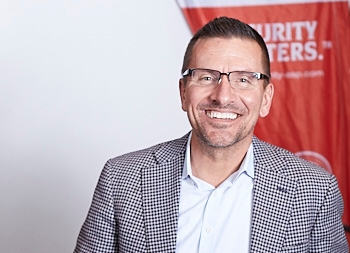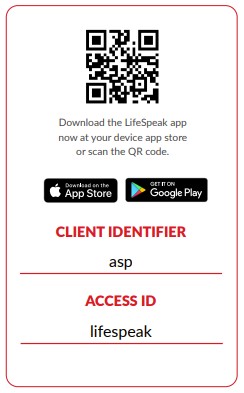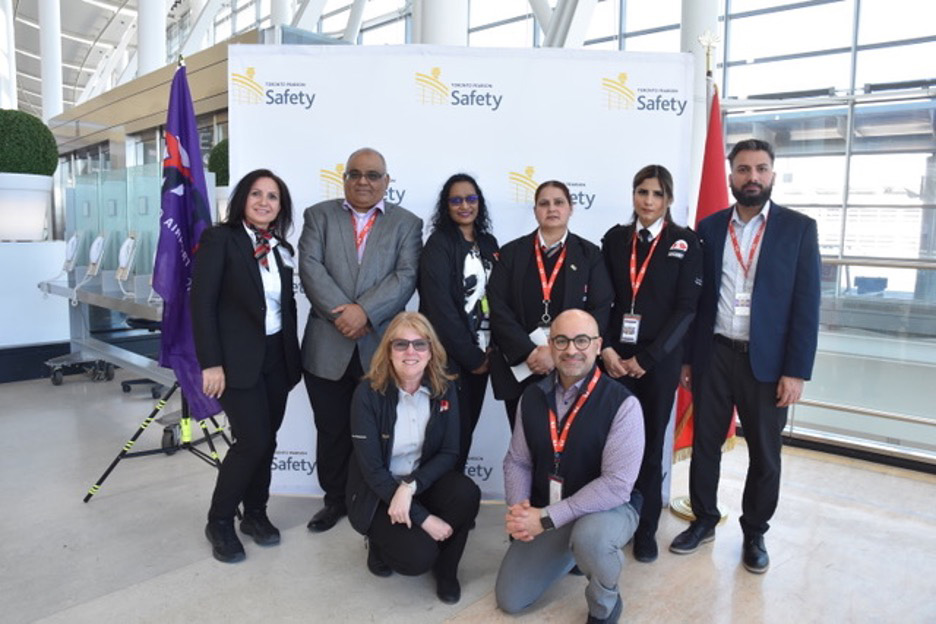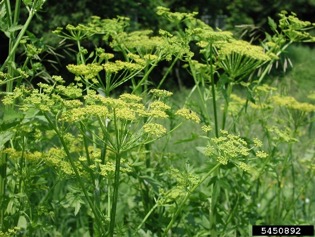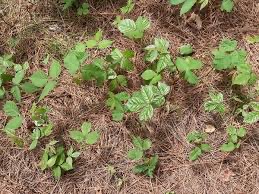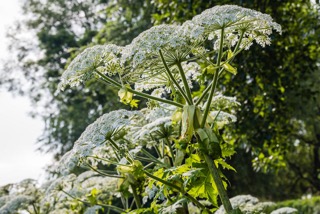By Laurel Woodhouse, H&S Manager
How the flu spreads: The flu is an infection of the nose, throat, and lungs. It spreads very easily from person to person. Someone who has the flu can spread the virus to others even before they notice any symptoms..
You can get the flu if:
- You breathe in the infectious particles
- The infectious particles or secretions (like saliva or mucus) come into direct contact with your eyes, nose or mouth — for example, when someone with the flu coughs or sneezes on you
- You touch your eyes, nose or mouth with unclean hands after you’ve touched infectious particles or secretions on:
- A contaminated surface or object
- Another person (for example, through a handshake)

Controls
Personal protective measures – In addition to getting the flu vaccine, you can reduce your risk of getting or spreading the flu by:
- Staying home when you’re sick
- Wearing a well-fitting respirator or mask
- Wearing a mask is recommended if you have symptoms and must: be around others, entering a public setting or seeking medical care
- Opening windows and doors when possible to improve indoor air ventilation
- Washing your hands often with soap and water for at least 20 seconds
- If unavailable, use a hand sanitizer containing at least 60% alcohol and rub your hands together for 20 seconds or until dry
- Coughing and sneezing into a tissue or your elbow instead of your hand
- Avoiding touching your eyes, nose, or mouth with unclean hands
- Cleaning and disinfecting surfaces and objects regularly that are often touched by others
- The flu vaccine (flu shot) is the best way to prevent the flu. Most people don’t have any side effects. Severe reactions are very rare.
- You can’t get the flu from the flu vaccine.




